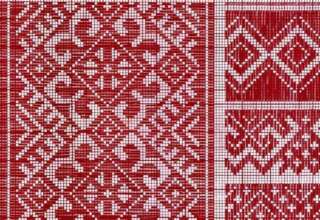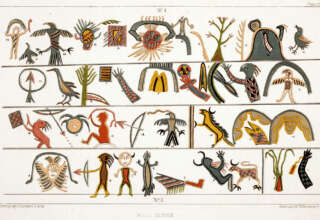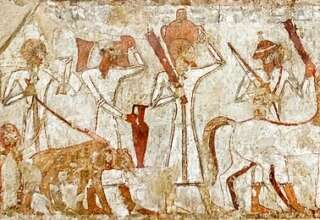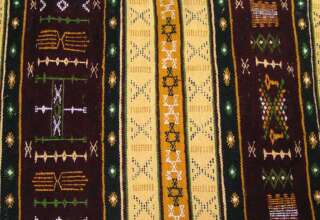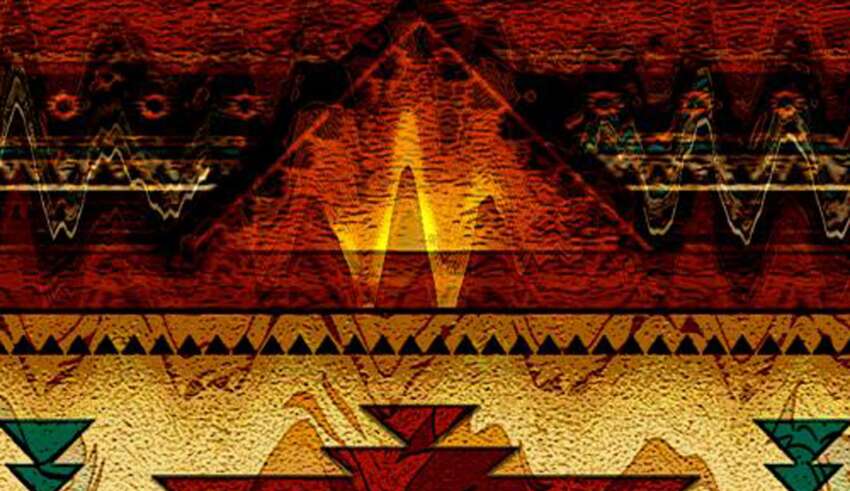
This document contains an interview conducted by Bill Bergquist with John Trumper and Susan Price. Both John and Susan have worked in the Southwestern United States with members of the Navaho Nation. Their interactions with members of the Navaho community occurred at quite different times and in quite different roles. John Trumper provided medical services (mostly pediatrics) while Susan Price primarily joined her husband in the engagement of psychological studies with the Navaho people. Susan established personal relationships with members of the Navaho Nation, while John primarily related to members of this society in a professional capacity. The diverse experiences of Susan and John in their interactions with members of this distinctive Native American population yield rich insights regarding relationships across differing cultures. This interview follows:
The following description of people residing in the Navaho Nation (their history and current status) is provided to establish a background for comments and reflections offers by John Trumper and Susan Price. This description is an edited and rearranged version of material presented on Wikipedia.
The Navajo Nation (Navajo: Naabeehó Bináhásdzo) is an Indian reservation of Navajo people in the United States. It occupies portions of northeastern Arizona, northwestern New Mexico, and southeastern Utah. At roughly 17,544,500 acres, the Navajo Nation is the largest Indian reservation in the United States, exceeding that of ten U.S. states. In 2010, the reservation was home to 173,667 out of 332,129 Navajo tribal members; the remaining 158,462 tribal members lived outside the reservation, in urban areas (26 percent), border towns (10 percent), and elsewhere in the U.S. (17 percent). In 2020, the number of tribal members increased to 399,494, surpassing the Cherokee Nation as the largest tribal group by enrollment. The average family size is 4.1. The average household income in 2010 was $27,389.
The U.S. gained ownership of what is today Navajoland in 1848 following the Mexican-American War. The reservation was first established in 1868 within New Mexico Territory, initially spanning roughly 3,300,000 acres. Unlike many reservations in the U.S., it has since expanded several times since its formation, therefore reaching its current boundaries in 1934.
Governance
The Navajo people’s tradition of governance is rooted in their clans and oral history. The clan system of the Diné is integral to their society. The system has rules of behavior that extend to the manner of refined culture that the Navajo people call “walking in beauty”. The philosophy and clan system were established long before the Spanish colonial occupation. The Navajo people have continued to transform their conceptual understandings of government since signing the Treaty of 1868. Social, cultural, and political academics continue to debate the nature of modern Navajo governance and how it has evolved to include the systems and economies of the “western world”.

